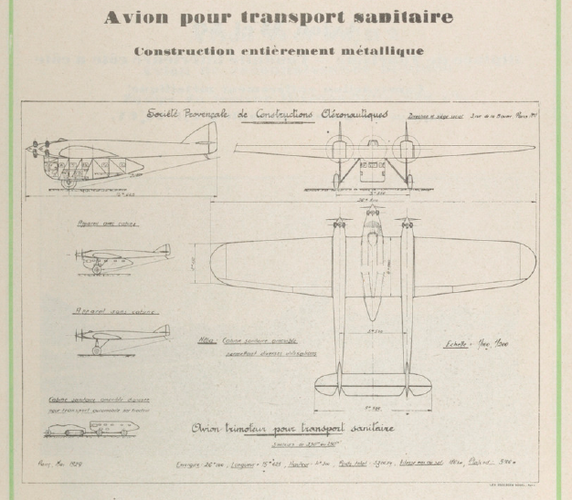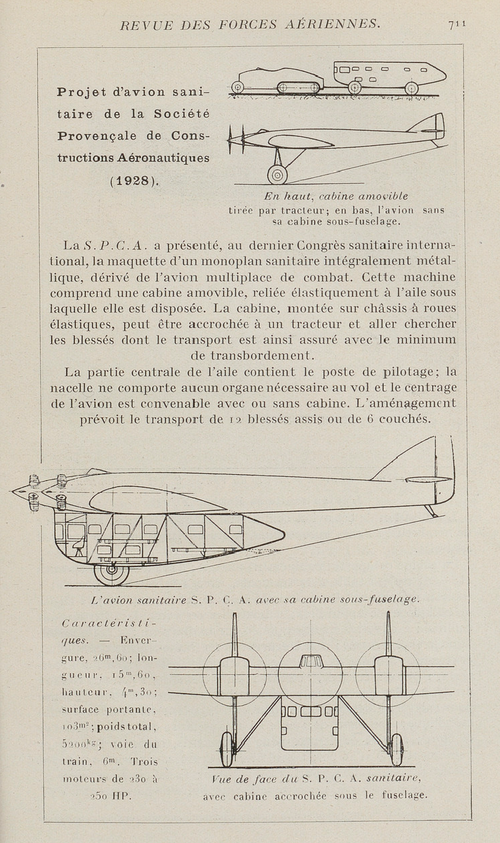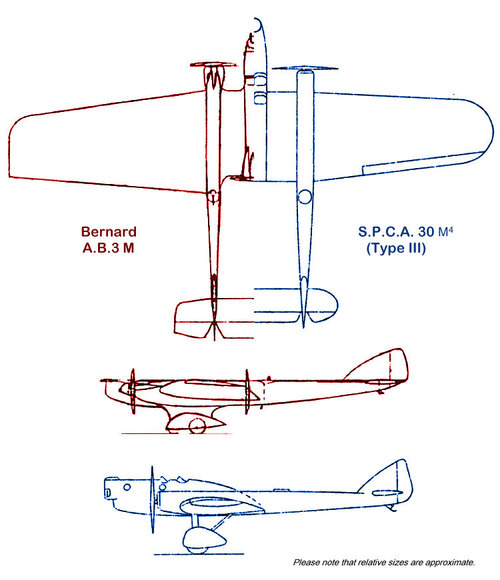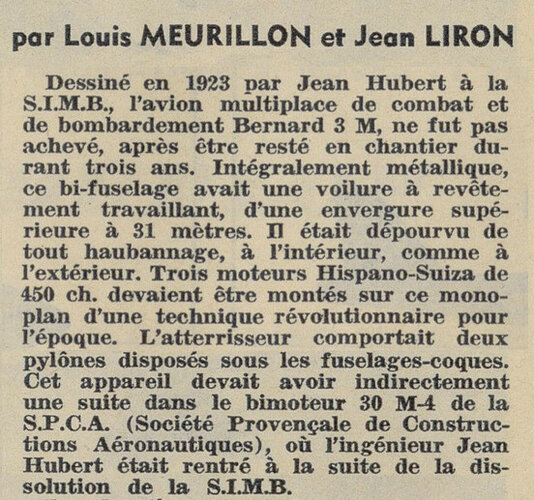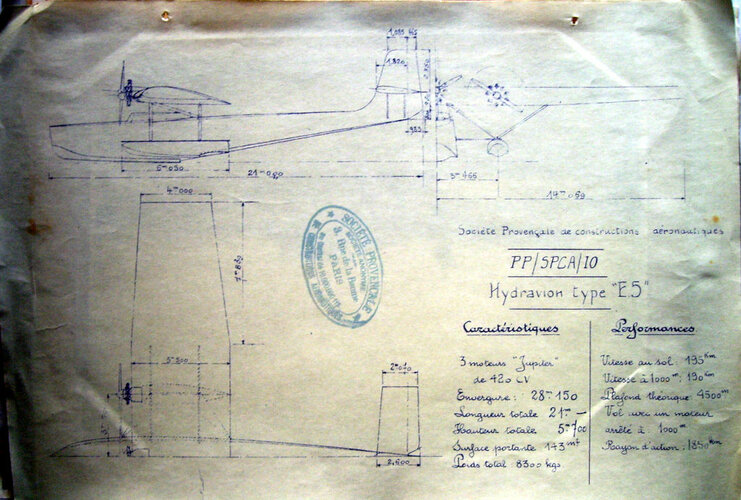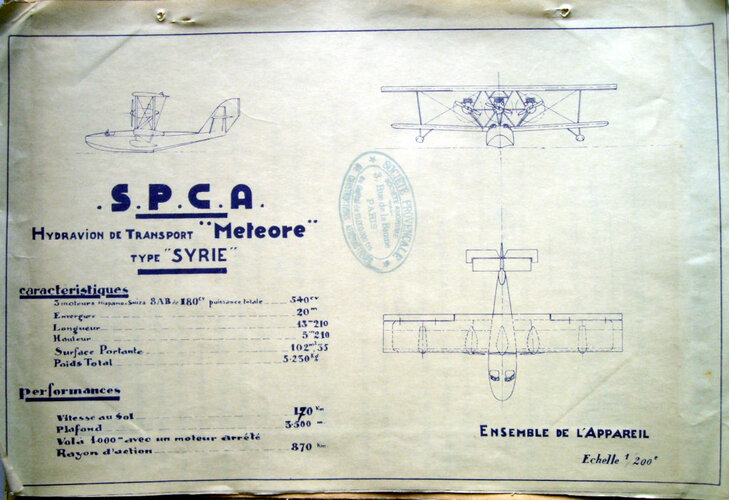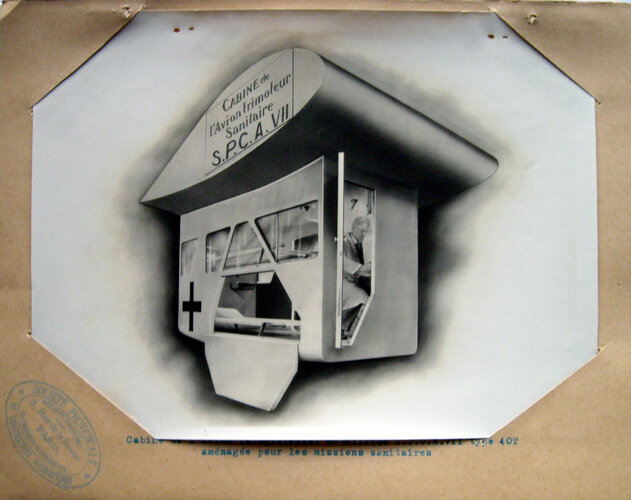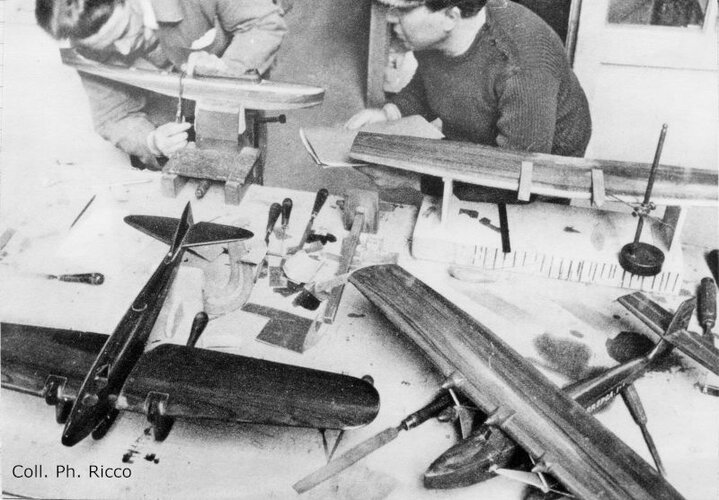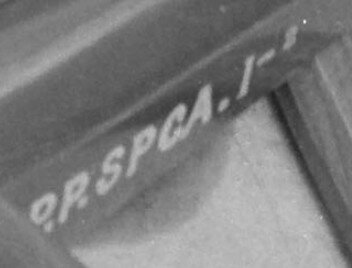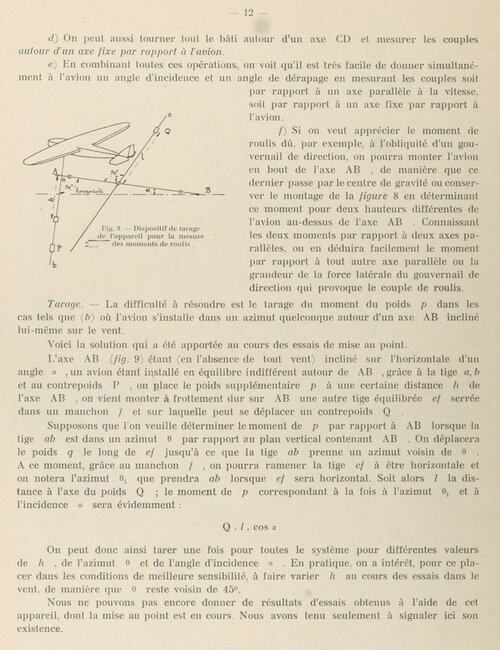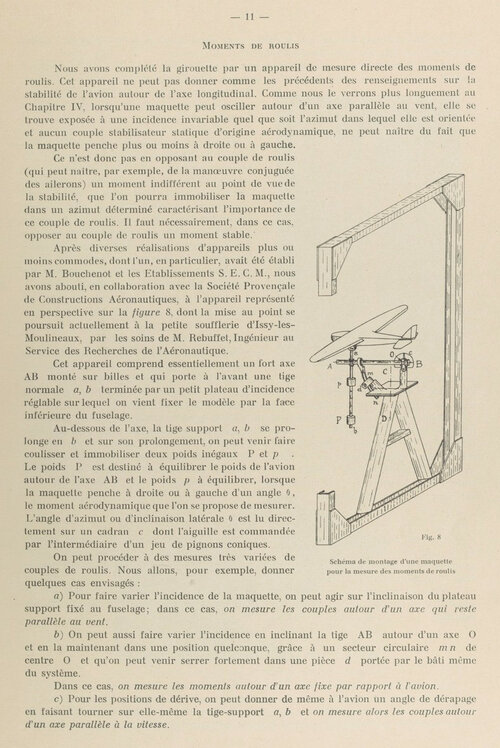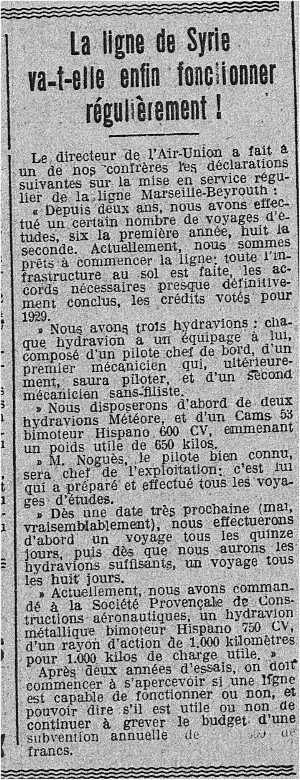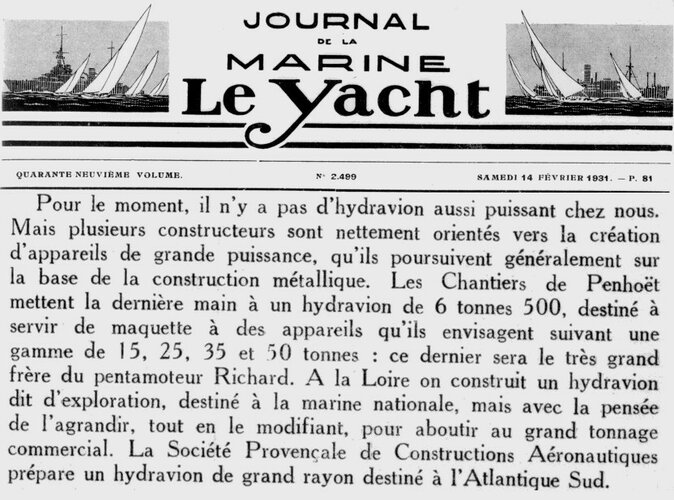The SPCA Type 90 was a larger, trimotor derivative of the SPCA 80 colonial aircraft, and was entered in a 1932 competition for colonial trimotors. Like all other aircraft of this type, it had to be a multipurpose machine, capable of performing a variety of rather dissimilar tasks. First flown on December 8, 1932 at Istres, the aircraft confirmed the company's expectations. It remained stable even without the pilot's grabbing the controls. On December 23, it was registered F-AKFJ.
The French government awarded nine contracts for a total of 13 prototypes to be delivered to the Ministry of Colonies. The market for the SPCA IX Type 90 Col 3 amounted to FF 2,795,000 out of the 36,155,000 total. All were all high-wing monoplanes except for the Weymann Type 66 biplane. All were powered by radial engines, which were more sturd, less heavy and more easily maintained than the water-cooled types.
The SPCA Type 90, which had been developed under the guidance of engineer Redon, received the highest grades and finished first in the competition. Apart from the strict colonial work, it was liable to be used as a troop transport for 14 men, their weapons and their packages. In its strictly sanitary version, it could carry 10 men, six on stretchers and four sitting.
In April 1933, the aircraft was taken to Villacoublay, beginning a new test phase at the STAé in May. After three days of testing it was handed over to the GAN (Groupe des Avions Nouveaux, or New Airplanes Group). After the 350 hp Gnome-Rhône Titan engines received Townsend cowlings to reduce drag, the SPCA started in September a new series of tests in the hands of state pilots Barrucand and Bogard. At the end of the year, the aircraft was fitted with Messier propeller brakes to be used in case of engine failure.
On January 30, 1934, the SPCA 90 escaped a severe accident. When the port engine tore apart and flipped back 180 degrees, it made a breach into the cockpit area. Pilot Jacques Lecarme kept his cool and asked his passengers to jump for fear that the wing was going to tear off. Yet the aircraft managed to land safely, emphasizing the sturdiness of Redon's design.
Fitted with a new engine mount and vertical rudder, the SPCA 90 was sent on April 25 to the new CEMA (which replaced both the STAé and GAN) and parked in the "Guynemer" hangar. Unfortunately, no production of the type (or any other colonial type, for that matter) ensued, despite its proven qualities.
Translated/adapted from Aviation Magazine.

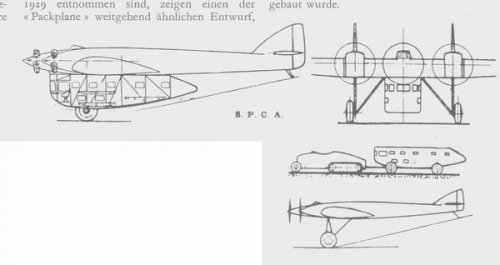
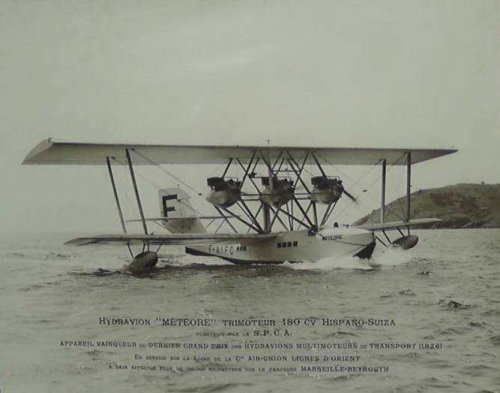
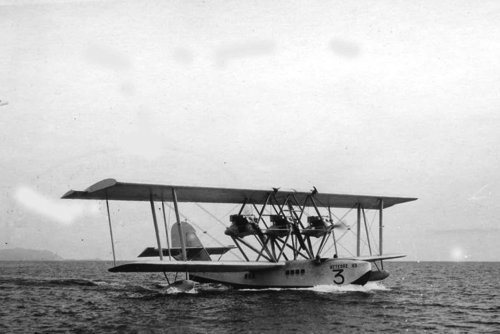
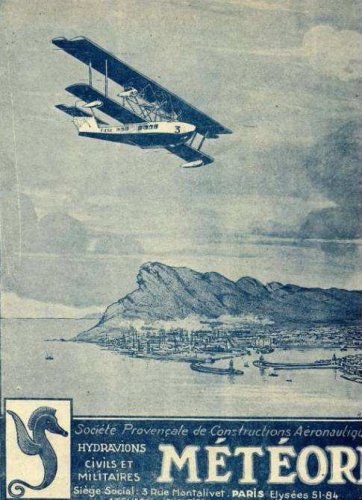
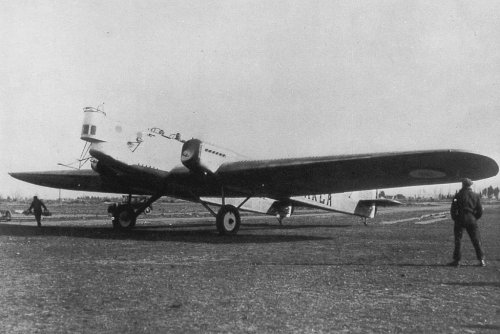
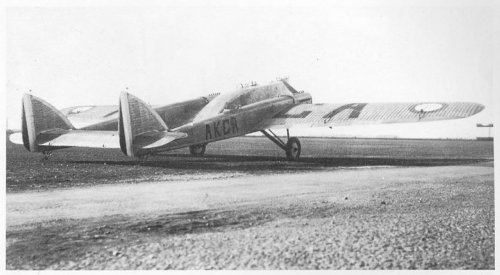

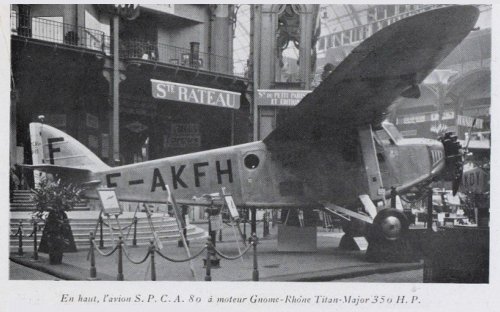
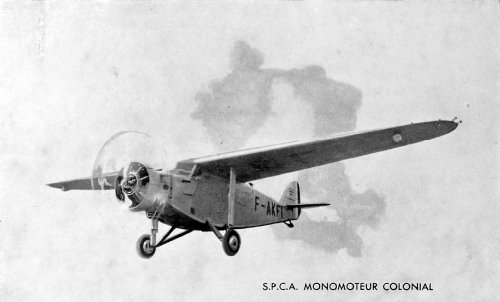
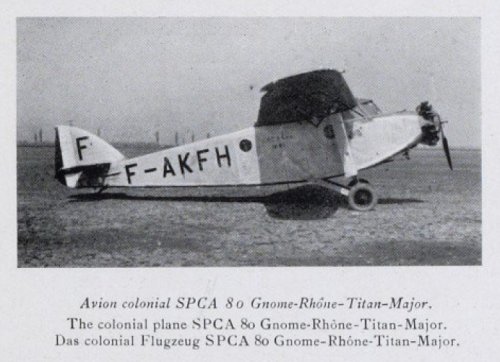
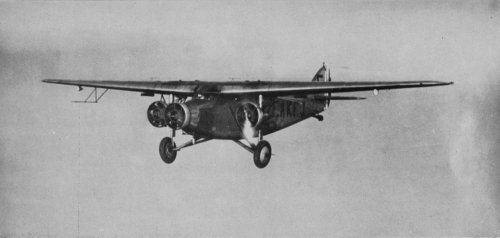
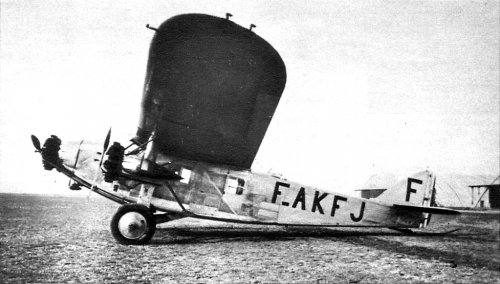
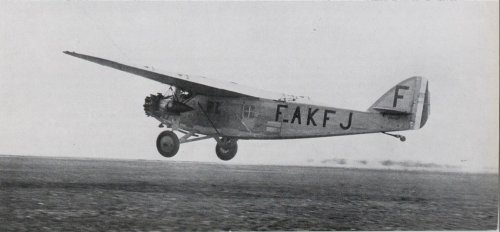
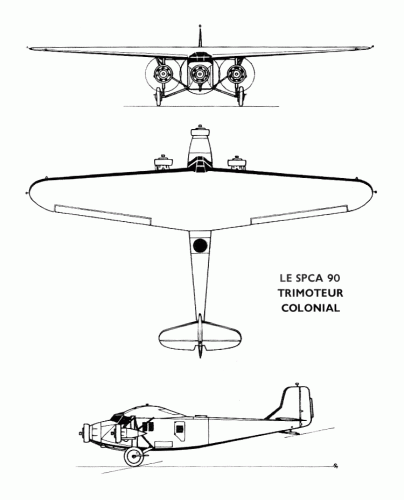
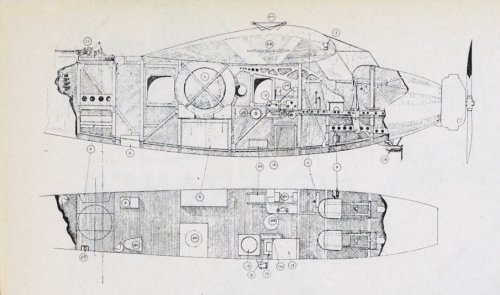
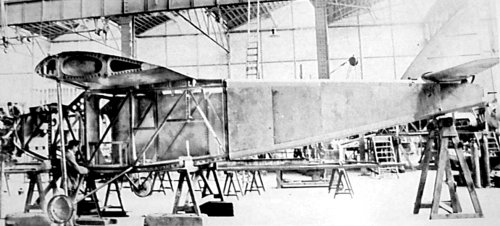
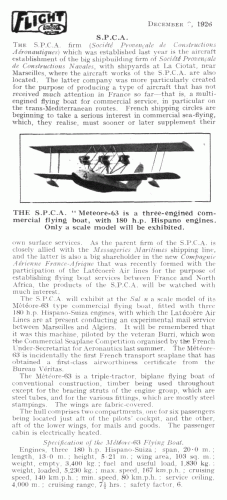
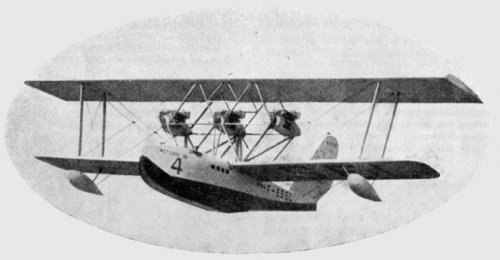
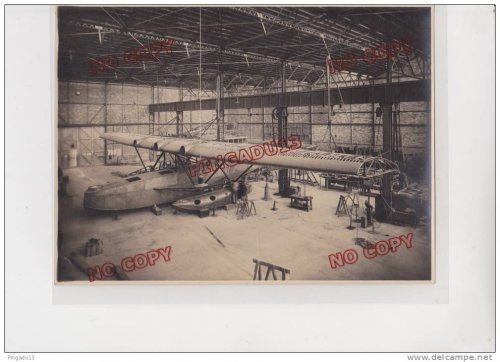
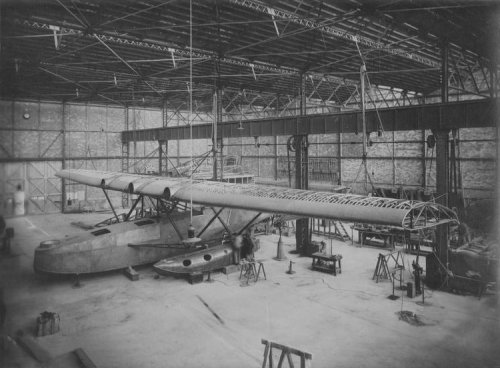
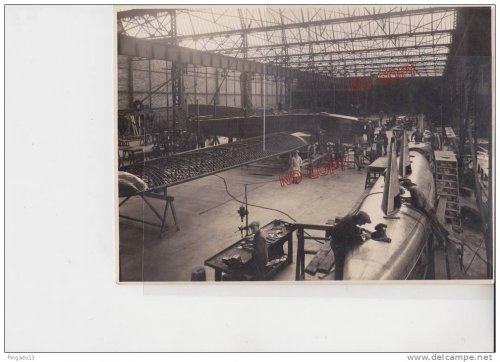
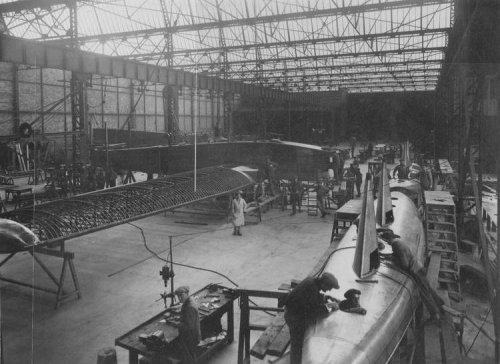
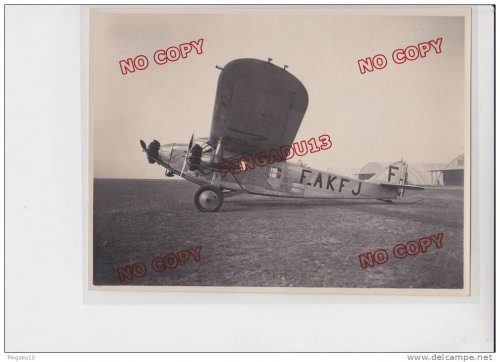
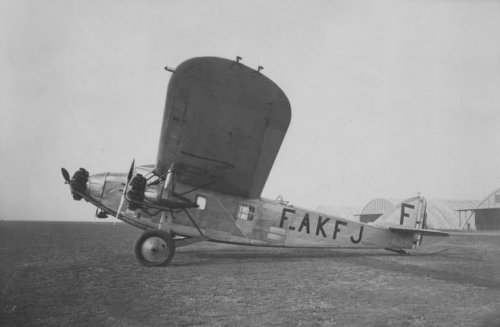
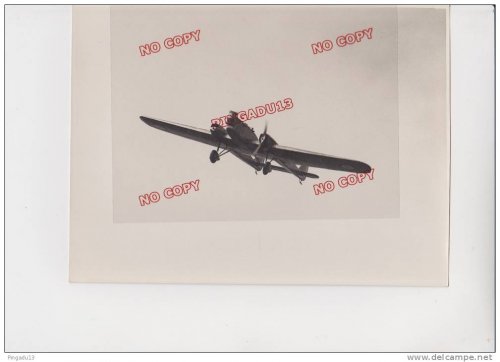
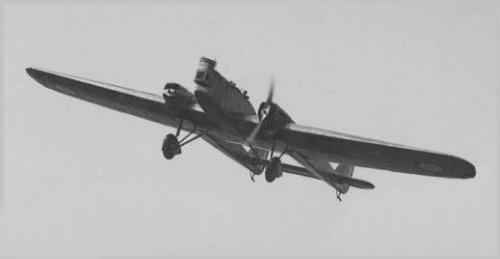
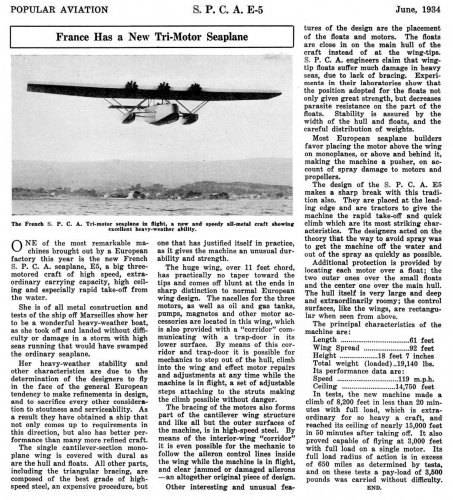
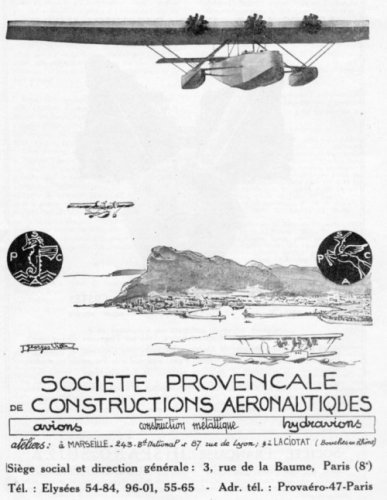

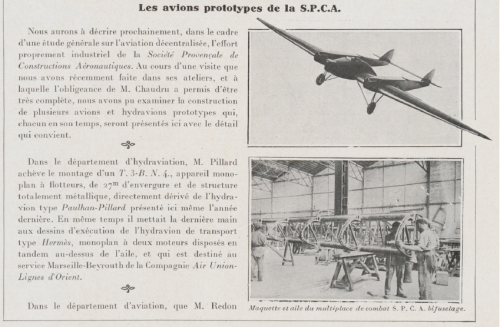
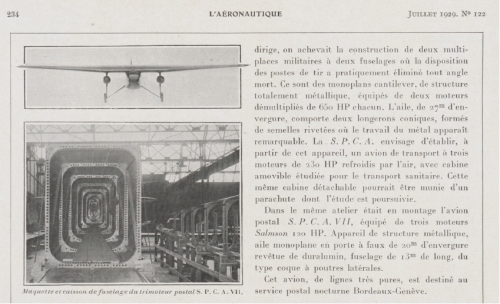
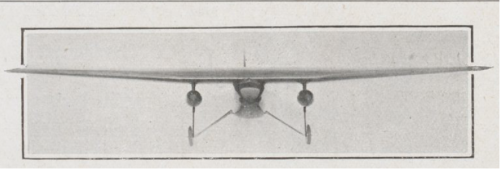
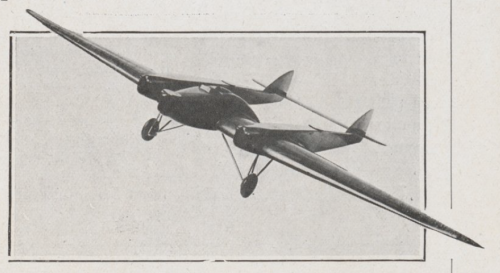
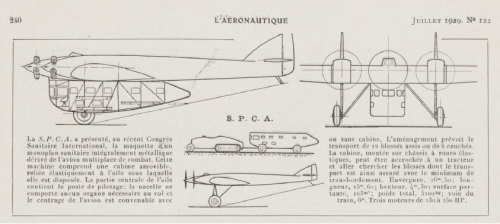
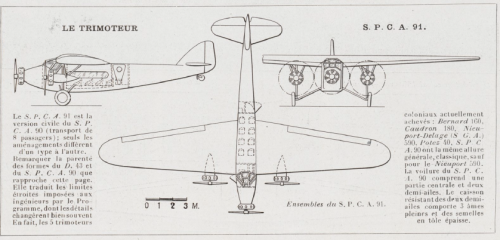
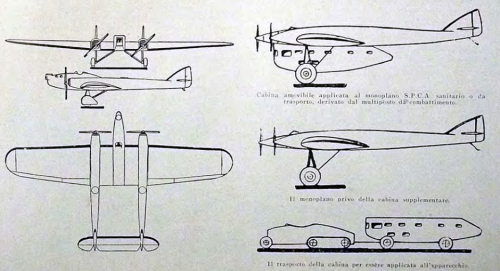
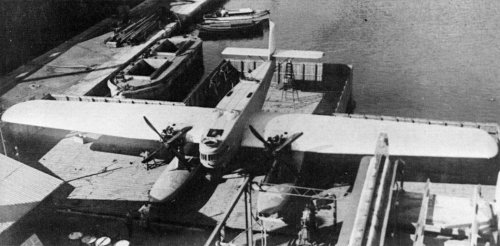
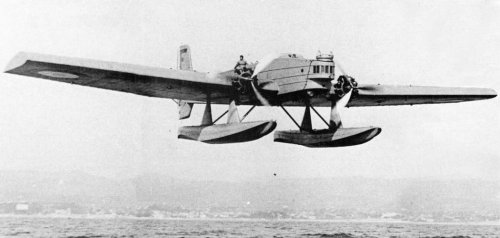
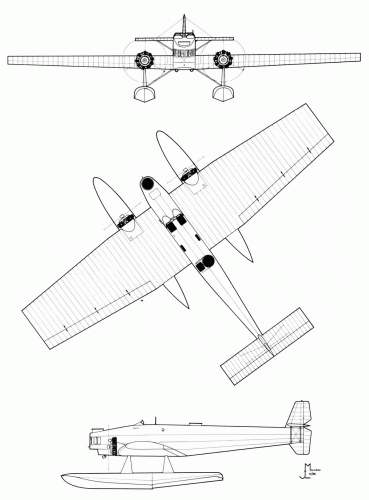
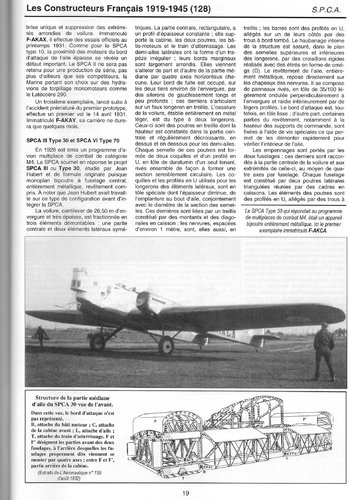
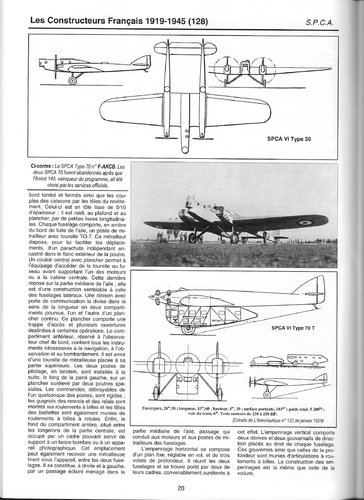
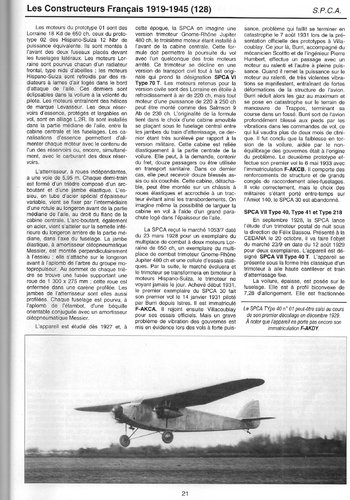
![Les_Ailes___journal_hebdomadaire_[...]_bpt6k6556835m_2.jpg](/data/attachments/170/170019-f643bd4a60e01874d9ee23466bd9b006.jpg)
